wear mask? Not wearing a mask?
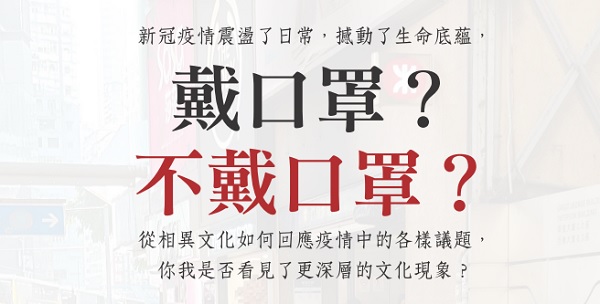
In late January 2020, the new coronavirus swept the world like a tsunami: Asia bore the brunt, and then spread to the Middle East, Europe, North America, and South America. Closing cities and borders cannot stop the invisible virus; suspending classes and businesses forces people to put aside their usual routines. Frequent hand washing, temperature checks, stay-at-home orders, social distancing... have become the "new daily routine", including wearing masks.
At first, I saw images from the media of many Asian countries where almost everyone wore a mask. There was not much difference in the color and style of the masks. When the epidemic in the United States became urgent, ordinary people discussed whether to wear masks or not. It was not until governments at all levels encouraged, recommended, or even stipulated that masks must be worn when entering and leaving public places that all kinds of masks appeared.
wear mask? Not wearing a mask? What kind of mask should I wear? What deeper cultural phenomena can be glimpsed from the mask phenomenon during the COVID-19 epidemic?
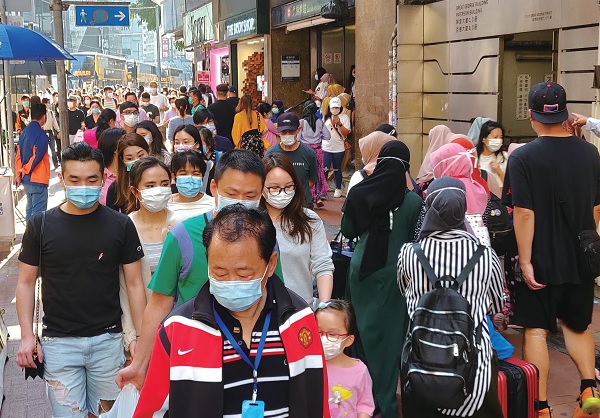
▲During the COVID-19 epidemic, people in Asia generally wear masks, and the styles of masks are not much different. The picture shows a street scene in Hong Kong during the epidemic.
(Image Source:https://commons.wikimedia.org/wiki/File:Street_in_Hong_Kong_during_the_COVID-19_pandemic.jpg, by Andrii Makukha)
Uniformity vs. Diversity
Before the epidemic, residents of most Asian cities already regarded wearing masks as the norm. Congested public transportation, air pollution and other factors have made masks a daily necessity for many people. After SARS in 2002-2004 and MERS in 2015, people in China, South Korea, Japan, Hong Kong and Taiwan were even more alert. At the beginning of any infectious disease epidemic, they wore masks as the first step to protect themselves and others. line of defense.
Local officials and the medical community also encourage people to wear masks. At the time of the COVID-19 crisis, it is rare to see people refusing to wear masks because of the limited supply of masks. On the contrary, people who do not wear masks are treated differently. The vast majority of masks are tri-fold rectangular, light-colored surgical masks.
In contrast, in the United States, even during flu and hay fever season, or on crowded subways, you rarely see masks on your face. In the early days of the epidemic, many people believed that masks were not effective in preventing the epidemic, and felt that wearing masks was equivalent to declaring themselves sick and weak. The epidemic is spreading rapidly, but the official and medical circles have yet to reach a consensus. Even though the federal government, the Office of Epidemic Prevention, and even the first lady have come forward to promote the wearing of masks, many people still believe that it is a personal decision.
Surgical masks were initially in short supply. In order to reserve resources for the medical staff who needed them most, even though the anti-epidemic effect of cloth masks was not yet fully confirmed, the private sector spontaneously began to sew cloth masks. Many videos with simple procedures on the Internet often have over a million clicks, and they have recruited an army of skilled hands to donate to medical institutions and provide for the needs of high-risk groups. Amateur tailors used bed sheets and T-shirts to sew colorful masks.
"JoAnn Fabrics", one of the main promoters of the cloth mask trend, teaches people how to make masks on its website. The fabric for the masks is discounted, and sewing machines are half-price for a while. When it was still open for business, Buzhuang collected prepared masks and donated them to medical staff on behalf of customers. As of mid-July, Qiao An announced that he had made more than 200 million masks, which greatly encouraged the army of skilled workers. It seems that he has also made some contribution to epidemic prevention. Stores are constantly innovating, and when the public also needs to wear masks when entering and leaving public places, they are encouraged to make masks that express their personal style. Fans can choose fabrics printed with the logo of their favorite team; fashionistas can embellished with sequins and rhinestones; print mottos to encourage themselves and others; fabrics from movie characters such as Star Wars, Batman, and Superman are no different.
What cultural characteristics does the difference in acceptance of masks between East Asia and the United States reveal, as well as the contrast in consistency and diversity?
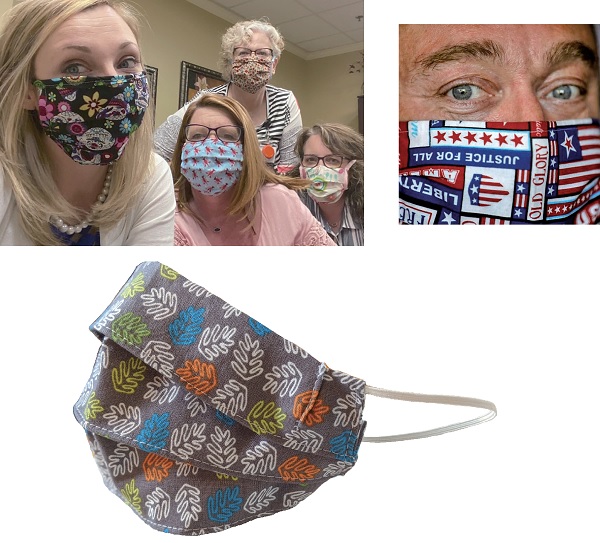
▲A variety of cloth masks encourage people to express their own style.
(Image Source:https://www.kgw.com/article/news/health/coronavirus/wearing-masks-in-public-could-be-next-big-step-in-fight-against-coronavirus/283-bb72450c-4993-4d33-9537-32e872b3e424)
Community vs. individual
In everyday and ideal situations, people do not consciously think about the cultural characteristics behind their actions. Depending on the culture, people naturally value the community or prefer the individual. The new coronavirus epidemic has subverted daily life and ideals, and also shaken the cultural heritage deep in people's hearts.
2019年美國KRC春季退修會講員Sheryl Takagi Silzer教授,長期研究多元文化,歸納出四類文化型態:社群意識弱、結構意識弱的個人文化(Individuating);社群意識弱、結構意識強的機構文化(Institutionalizing);社群意識強、結構意識強的階層文化(Hierarching);社群意識強、結構意識弱的關聯文化(Interrelating)1。她指出,東南亞文化傾向社群和階層,美國則偏重個人與機構文化。
East Asian people who respect class and have a strong sense of community accept the recommendations of the official and medical circles and promote the wearing of masks from top to bottom; they do not stand out as individuals and must blend into the surrounding environment; they will sacrifice their own convenience for the "benefits" recognized by the community and preferences.
American society, which emphasizes structure and has a strong sense of individuality, needs to go through discussions, allow individuals to express their opinions, and promote the trend of masks from the bottom up; to show preferences and characteristics, masks can cover one's face, but not one's own style; do What you don't do depends on your own opinions, rather than accepting orders. You may even fight against the orders issued by higher-ups in order to protect your "rights" and "freedom"; identify your role in the overall environment and devote yourself to it.
When ordinary people face a different culture, they will judge other people's words and deeds based on the cultural patterns they are familiar with, and even think that attitudes and behaviors that are different from their own are wrong. Professor Silzer is a third-generation Japanese-American who has been missionary in South America and Asia for many years. He has also been puzzled and even angry by some of the behaviors of the local people. Based on her own experience, observation, and research, she calls this reaction the Culture-based Judging System (CbJS).
When the epidemic first spread from Asia, there were incidents where people in the United States started to yell at Asians and even treated them roughly when they saw them wearing masks. These incidents were heartbreaking. In a culture that has always respected personal choices, in smooth days, reason says "respect differences" and "understand differences"; in uneasy situations, emotions say "resist differences" and "judge differences."
If we are willing to learn more about and understand different cultures, will it bring about more consensus and acceptance? "Difference" does not need to become a point of conflict, but can instead become a driving force for expanding one's realm.
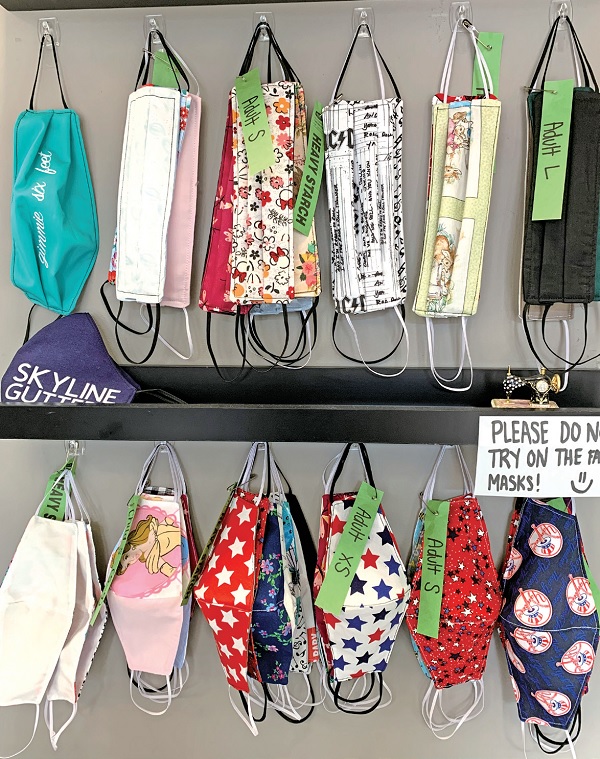
Caution vs. Confidence
Countries are gradually lifting stay-at-home orders, and cultural characteristics can also be seen in how they reopen. Zeng Yifei, a pianist who has lived in Germany for decades, observed that "traditional Germans are usually quite reserved and follow the rules." After the government relaxed the restrictions on the number of people gathering on June 1, she attended a friend's birthday party and spent two days in Held in home garden. She observed, "Eight to ten people sit at four or five tables every day, with two people at each table. It's really hard! I'm afraid of something happening if I'm strict."
So when will churches resume gatherings, and what epidemic prevention measures should be taken? The elders worked overtime to discuss it, and the brothers and sisters also had their own opinions. Some people believe that "gatherings must not be stopped" and urge the church doors to be reopened quickly; some people believe that "gods must not be tested" and there is no need to create an occasion to spread the virus. Some people think that when gatherings are resumed, they should “sing praises to God with hymns and spiritual songs.” Others think that the opportunity to speak should be reduced and “be silent before the Lord.” Should we be cautious or walk by faith? What started out as practical considerations has turned into theological debates and even spiritual class divisions.
Any difference may cause discrimination or division, or it may also bring about growth. This is true in the general environment, and even more so in the church. The early church set an example for later generations. Jewish brothers and Gentile brothers had disputes because of their different cultures and different understandings of the gospel. The apostles emphasized the truth: Christ's redemption is complete and does not require the addition of any laws; they also valued fellowship: Gentile brothers abstained from certain foods for the sake of unity, respected members of different cultures, and ate at the same table and had fellowship. do not offend each other (see Acts 15). Paul also reminded believers that whether they eat, drink or act, they should all consider the glory of God and the edification of others (see Romans 14; 1 Corinthians 10).
Do different opinions count as right or wrong? Even if there is right and wrong, can you take a step back to understand and tolerate other people's viewpoints? Secular culture advocates: follow others; fight for your own rights; black and white... However, Brett McCracken, senior editor of The Gospel Coalition, reminds Christ followers to walk counter-culture with sacrifice, humility, patience, and balance. 22.
In the seventeenth century, when German Lutherans and Reformed churches faced each other's similarities and differences, there was a popular saying - In essentials, unity; freedom in non-essentials; love in all things. ; in non-essentials, liberty; in everything, charity.). Such attitudes and practices should not be limited to the church, but should also be expected to drive the larger environment and influence culture.
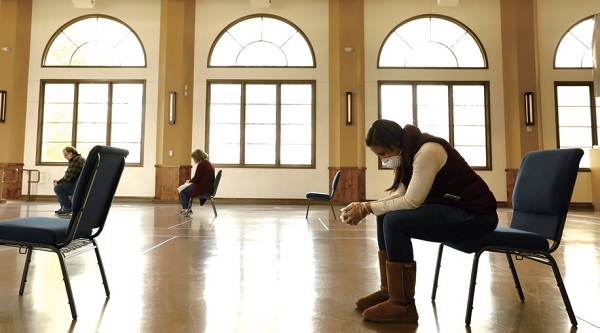
▲When faced with different opinions on reopening, can the church act counter-culturally with sacrifice, humility, patience, and balance?
(Image Source:https://www.latimes.com/california/story/2020-04-06/how-are-california-churches-dealing-with-stay-at-home-orders)
Limitation vs. Transcendence
Appreciation of beauty does not seem to differ across cultures. The epidemic has strangled the world, and artistic activities have been restricted or canceled, but we soon saw creative ways to bring beauty to people living in shelter. Berlin Philharmonic, New York Philharmonic, Metropolitan Opera, Broadway plays, etc. have put videos of past performances on their websites for free viewing. Museums and national parks across the country are open in the cloud, and you can enjoy the masterpieces created by man and God without leaving your home.
Pianist Zeng Yifei said that this is not limited to large and small performance groups. People in music, art, dance, and entertainers do not stop creating because they are at home. "Everyone publishes directly on the Internet, creating new ideas and new ways." In isolation at home, there is no way to When they met, she co-produced and uploaded a video with a ballet dancer, using Chopin's piano music as the soundtrack for outdoor dancing, and named it "Nocturne in the Nature."https://www.youtube.com/watch?v=vWnNCsAdx4I).
Creativity is not limited to professional artists. It is often heard that some young, amateur musicians spontaneously hold open-air concerts in the front yards of elderly people living alone or on the sidewalks of the community. I’ve also seen residents in apartment buildings open their windows and their neighbors sing together.
The COVID-19 epidemic has turned our daily lives upside down and shaken our very foundations. When the reality is not ideal and the future is unknown, will we follow the culture, go against the culture, or transcend the culture? Reality is never ideal, so how can we predict the future? The epidemic will eventually pass, how should we live a new daily life in the future? With culture, against culture, or beyond culture?
wear mask? Not wearing a mask? Different answers highlight cultural differences. Can they also be the door to understanding and understanding different cultures? A mask may cover more than half of a person's face, but it does not need to be a restriction on respect and creativity.
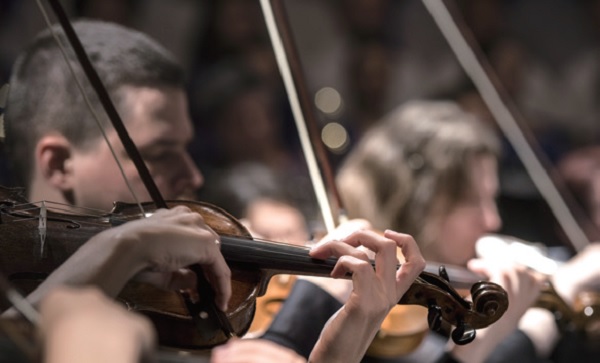
▲Many performance groups put their performance videos online during the epidemic, making the channels for appreciating art broader.
Notes
1. Biblical Multicultural Teams: Applying Biblical Truth to Cultural Differences, by Sheryl Takagi Silzer, William Carey International University Press, 2011.
2. “Church, Don’t Let Coronavirus Divide You,” by Brett McCracken, The Gospel Coalition, May 15, 2020, https://www.thegospelcoalition.org/article/church-dont-let-coronavirus-divide/
Linda Pang, writer, Sunday school teacher, loves to study and share God’s words. Editor and guest writer of this magazine.
